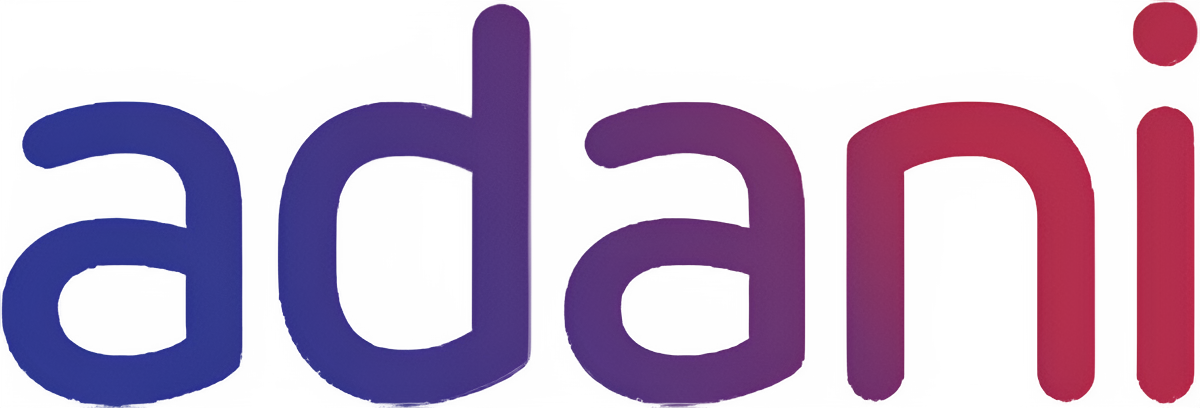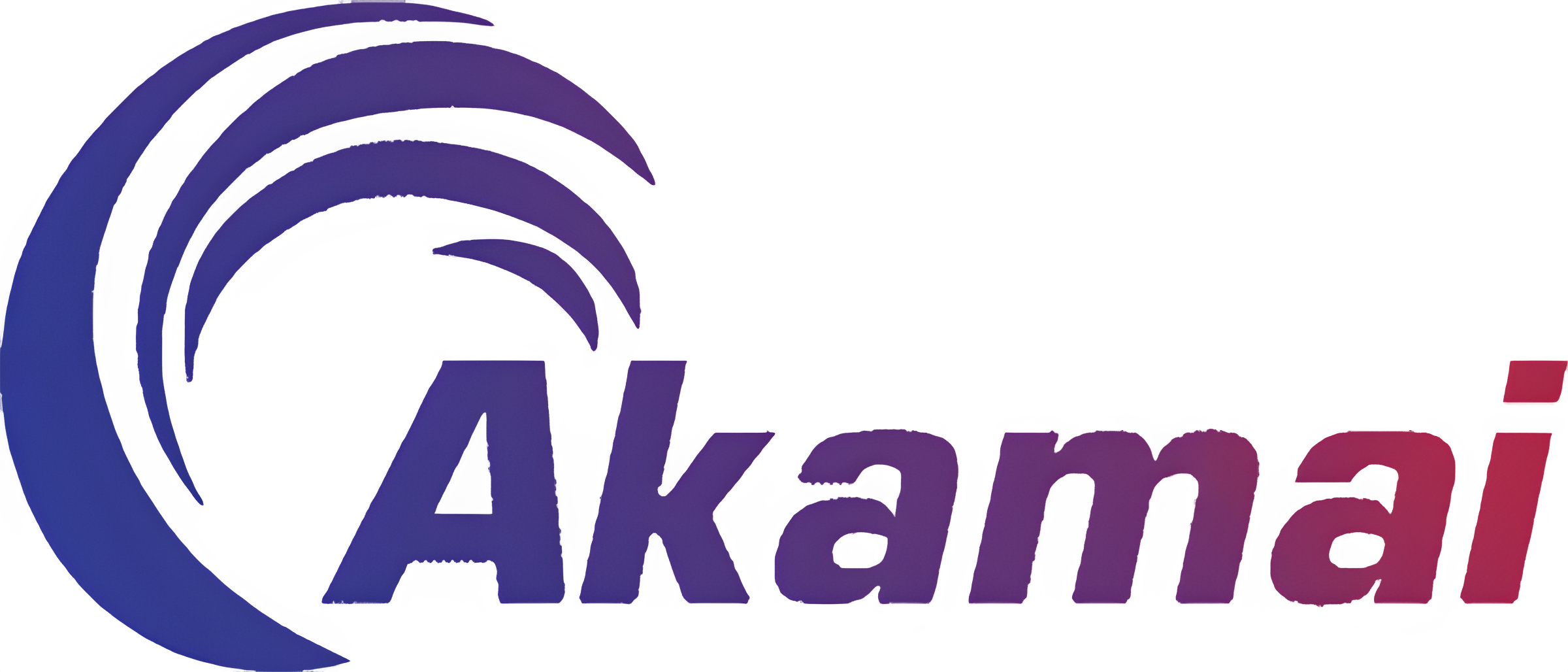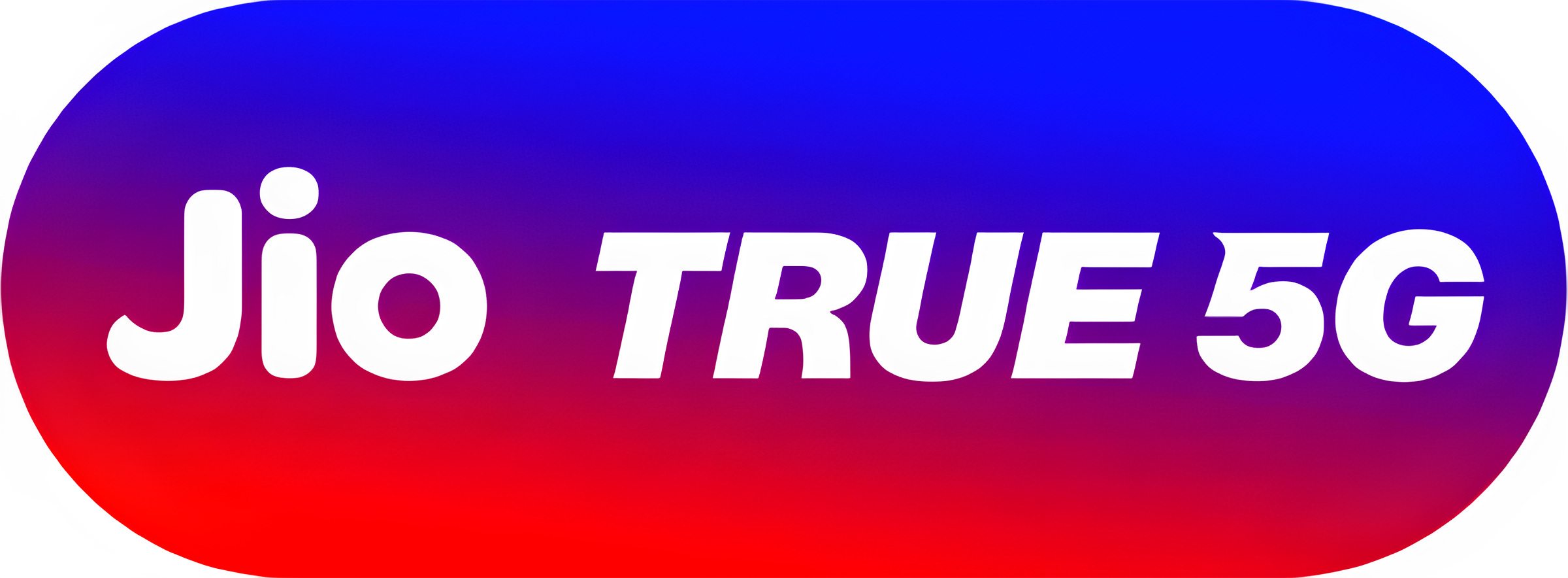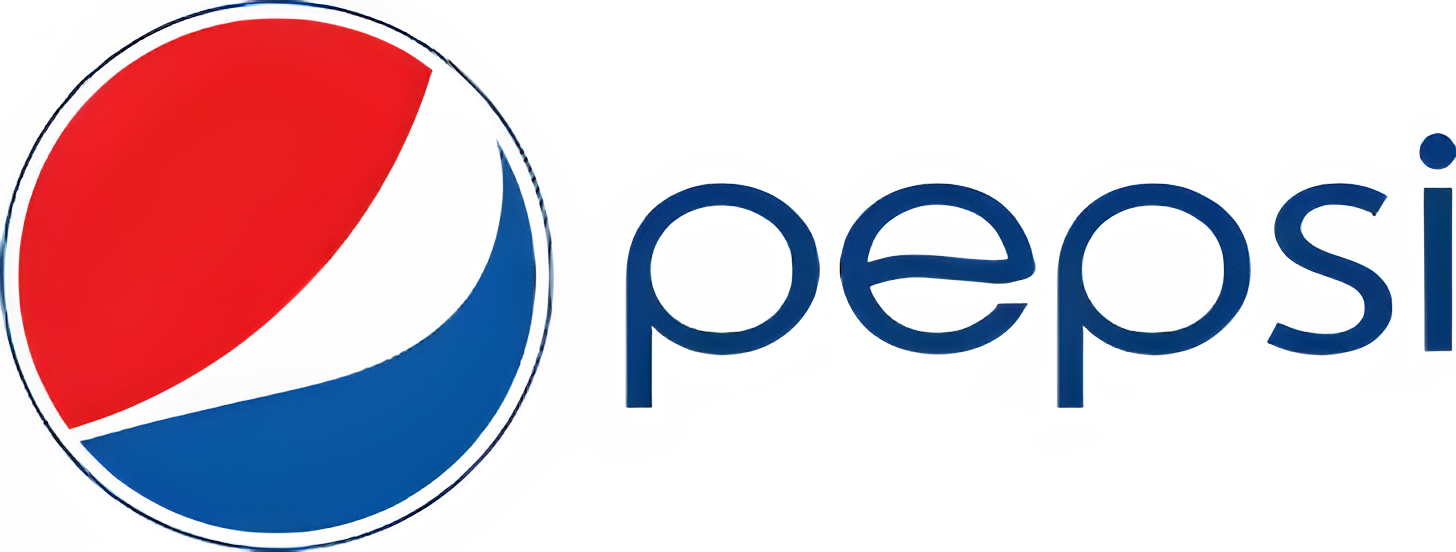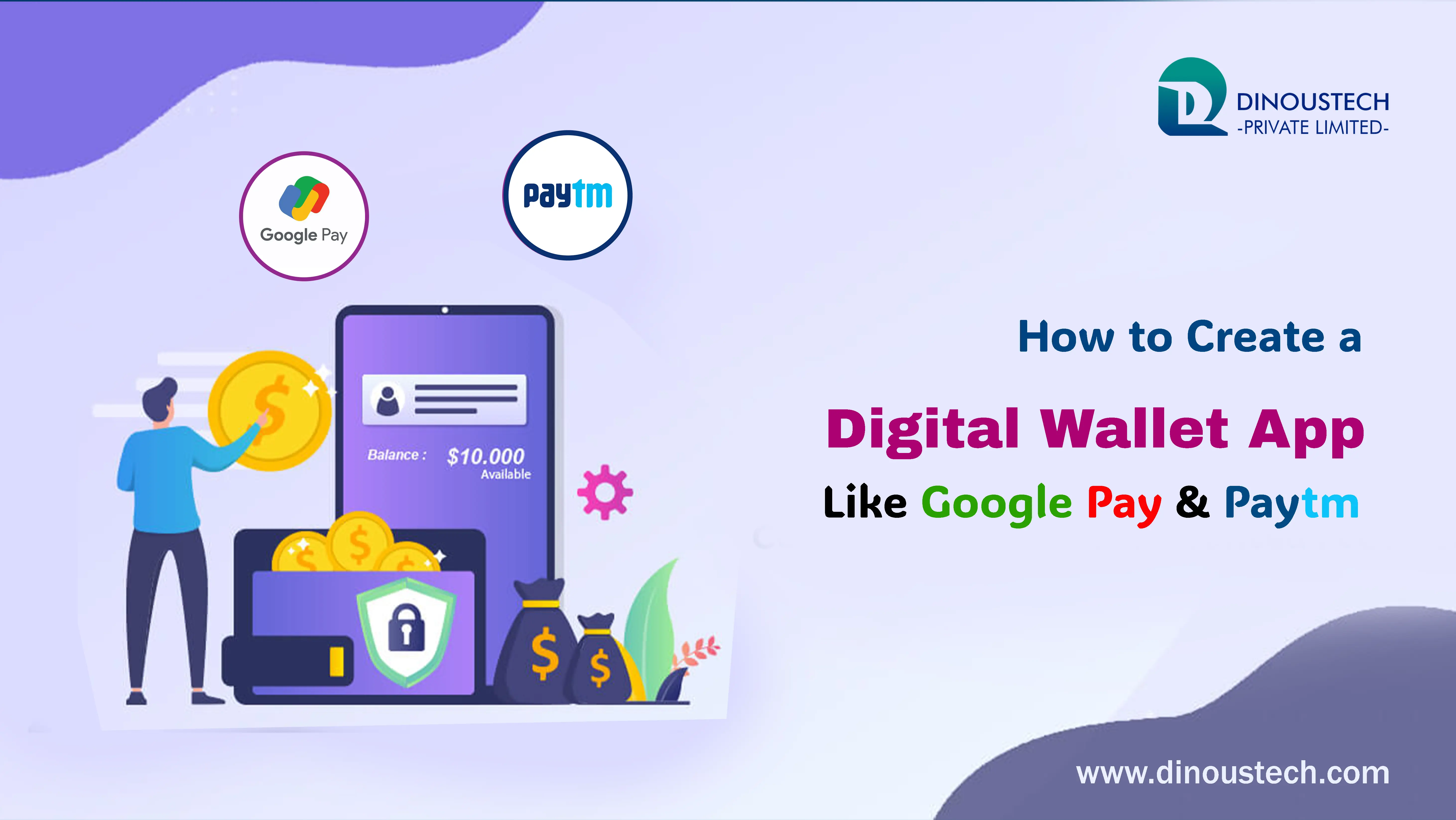How to Create a Digital Wallet App Like Google Pay & Paytm
Building a digital wallet app like Google Pay or Paytm demands strategic alignment of market insights, critical features, robust architecture, platform-specific considerations, and rigorous security and compliance measures. By 2025, digital wallets will process trillions in payments globally, with UPI transactions in India alone surpassing 17,893.42 million in April 2025. Core functionalities—peer-to-peer transfers, QR-code and NFC payments, bill payments, and KYC flows—form the backbone of any wallet solution. Advanced capabilities like AI-driven fraud detection, loyalty engines, and mini-apps can elevate user engagement and revenue per user. Technical architecture often follows a microservices pattern with API gateways, containerized back ends, and hybrid data stores, ensuring scalability and resilience.
Platform choices (iOS Vs Android) introduce trade-offs: Android offers deep UPI intent and NFC HCE support, while iOS demands sandbox-compliant extensions and stricter permission models. Development costs for an MVP wallet app range from US$25,000–$50,000 in India to US$100,000+ for global feature-rich solutions. Post-launch, budgeting 15–25% of initial development costs annually for maintenance ensures security patches, platform updates, and feature enhancements—services best handled by an affordable software maintenance company. As a specialized mobile app development company, custom web development company, and affordable software development company, Dinoustech Private Limited delivers end-to-end expertise in Google Pay clone app development and Paytm clone app development, from conception through long-term support.
Digital wallets have revolutionized how consumers and businesses transact, embedding financial services within mobile ecosystems and blurring lines between banking, payments, and commerce. Fueled by the pandemic-shift to contactless payments and regulatory support—such as RBI’s PPI guidelines—these apps now serve over a billion users worldwide. Google Pay and Paytm lead this surge in India, boasting seamless UPI integrations, QR-code acceptance, and extensive merchant networks. However, replicating their success requires more than feature parity; it demands deep domain understanding, sound technical design, and scalable business models. This guide offers a comprehensive blueprint for Google Pay clone app development and Paytm clone app development, weaving in best practices for architecture, security, platform optimization, and ongoing maintenance. Whether you’re a startup founder or enterprise CIO, aligning with a seasoned mobile app development company and affordable software development company like Dinoustech Private Limited ensures your wallet app stands out in a competitive landscape.
Market Overview
The global digital payments market is projected to exceed US$3 trillion by 2028, with digital wallets securing over 20% share in 2024. In India, UPI transaction value reached ₹2,394,925.87 crore (≈US$290 billion) in April 2025, reflecting exponential adoption driven by interoperable QR standards and simplified merchant onboarding. UPI’s low-cost rails have empowered fintech players, while contactless NFC payments via Google Pay have grown at 18% annually. Paytm’s prepaid wallets hold over “45 crore” active users, processing both peer transfers and bill payments across urban and rural segments. Globally, digital wallets account for second-highest online payment preference after cards, emphasizing their mainstream role. These trends affirm that a well-crafted wallet app can capture significant market share, provided it addresses regional regulations, user trust, and evolving consumer behaviors.
👉Also Read: - Top 10 Must-Have Features in Logistics Software Development
Defining Core Features
A competitive digital wallet app must seamlessly blend basic and advanced functionalities without overloading the MVP. Key pillars include:
Seamless Onboarding & KYC
Streamlined e-KYC flows—OTP-based for minimum-KYC wallets, Aadhaar OTP or document upload for full-KYC PPIs—ensure compliance and higher transaction limits. Automated KYC APIs accelerate approvals, reducing user drop-off.
Peer-to-Peer Transfers
Instant fund transfers via UPI rails provide real-time settlements, supporting virtual payment addresses (VPAs) and bank-account linkages. High-availability back ends ensure sub-second acknowledgments, critical for user trust.
QR-Code & NFC Payments
Static and dynamic QR-codes enable ubiquitous merchant acceptance. NFC HCE on Android facilitates tap-to-pay, while iOS requires Apple’s Core NFC and Apple Pay frameworks for secure transactions.
Bill Payments & Recharges
Aggregated service APIs—powering utility bills, mobile/DTH recharges, and ticket bookings—enhance stickiness and revenue per user. In-app reminders and auto-pay options drive recurring usage.
Transaction History & Insights
Comprehensive ledgers, categorized spending charts, and downloadable statements foster transparency and encourage users to adopt premium tiers. Push notifications for each transaction keep users informed.
Advanced Features
AI-powered fraud detection scans behavioral anomalies and transaction patterns, flagging suspicious activities in real time. Loyalty rewards, cashback campaigns, and mini-app ecosystems (for example, food delivery integration) further differentiate the offering.
Embedding these features cohesively positions your app for both Google Pay clone app development and Paytm clone app development, while ensuring a strong user value proposition from day one.
Technical Architecture
A scalable, resilient digital wallet hinges on a modern microservices architecture coupled with robust data layers:
- API Gateway & Auth Layer
Centralizes request routing, OAuth 2.0-based authentication, rate limiting, and threat protection. JWT tokens secure service-to-service calls. - Microservices Back End
Containerized (Docker/Kubernetes) services handle discrete domains—user management, transaction processing, reconciliation, notification, and analytics. Independent service scaling addresses peak loads (e.g., salary seasons). - Databases & Caching
NoSQL stores (MongoDB, DynamoDB) for user profiles and lookup tables; relational databases (PostgreSQL) for transaction integrity; Redis for session and balance caching to reduce latency. - Payment Integrations
NPCI UPI SDKs manage UPI transactions; external payment gateways (Stripe, Adyen) enable global card acceptance. A unified Payment Service Orchestrator abstracts these integrations for front-end simplicity. - Push Notifications & Messaging
Firebase Cloud Messaging (Android) and Apple Push Notification service (iOS) deliver real-time alerts. WebSockets support live status updates within the app. - Admin Portal
As a custom web development company, Dinoustech designs dashboards for KYC verification, dispute resolution, merchant onboarding, and analytics—built with React or Angular and secured via SAML or OAuth.
This decoupled, service-oriented blueprint ensures that each component can evolve independently, aligning with the cost-efficiency goals of an affordable software development company.
Platform Considerations: iOS Vs Android App Development
Selecting the right platform strategy influences both development complexity and user experience:
Android Benefits
- UPI Intent Handling and NFC HCE support enabling deep rail integrations and contactless payments without extra hardware.
- Background Services for continuous sync and real-time notification handling, crucial for instant transaction alerts.
However, OEM fragmentation across Android versions and devices demands extensive QA across API levels, skins, and custom ROMs.
iOS Constraints and Opportunities
- Sandboxed NFC Access via Core NFC or Apple Pay Wallet passes, requiring user permissions and limiting dynamic data updates.
- Superior Monetization: iOS users average US$12.77 revenue per user, compared to US$6.19 on Android, benefiting subscription models.
Despite tighter platform controls, iOS offers a consistent hardware-software ecosystem, reducing device-specific issues and expediting updates.
👉Must Read: -How to Build a Caller ID App Like Truecaller: A Comprehensive Guide
Cross-Platform Trade-offs
Frameworks like React Native or Flutter accelerate UI development and code sharing but necessitate native bridges for payment SDKs and secure elements. A hybrid approach—shared business logic modules with native UI/payment layers—often strikes the optimal balance for time-to-market and performance.
Development Process
An Agile delivery methodology ensures rapid iterations and stakeholder engagement:
- Discovery & Research
Conduct workshops to map user journeys, define personas (payees, payers, merchants), and benchmark competitors. - Design & Prototyping
High-fidelity UI mocks and interactive prototypes validate payment flows, error states, and accessibility compliance. - MVP Implementation
Core modules—user onboarding, UPI transfers, QR scanning, and transaction history—developed in 12–16 weeks for initial launch, targeting feature-market fit. - QA & Security Audits
Comprehensive manual and automated tests across devices; penetration testing aligned with PCI-DSS guidelines for mobile apps. - Beta Release & Feedback
Limited user pilots gather UX insights and uncover platform-specific glitches. - App Store & Play Store Deployment
Metadata optimization, compliance packaging (privacy policies, disclaimers), and analytics instrumentation. - Scale & Feature Expansion
Introduce advanced modules (AI fraud, mini-apps, loyalty) in phased sprints based on analytics and user feedback.
Partnering with Dinoustech Private Limited, an affordable software development company, ensures transparent sprint deliverables and budget controls throughout this lifecycle.
Security & Compliance
Handling financial data mandates stringent security frameworks:
- Data Encryption
TLS 1.2+ for all in-transit data; AES-256 encryption for data at rest, including backups and logs. - PCI-DSS Certification
Applications processing cardholder data must adhere to PA-DSS and mobile payment acceptance guidelines. - KYC & AML Compliance
Automated document checks, biometric liveness detection, and watch-list screening to satisfy RBI, FATF, and local regulations. - Secure Elements & Tokenization
NFC transactions utilize device secure elements or host card emulation with tokenization layers to prevent direct card data exposure. - Penetration Testing & Audits
Quarterly third-party assessments and continuous vulnerability scanning detect and remediate threats proactively.
By baking these controls into the SDLC, an affordable software development company like Dinoustech minimizes risk and upholds user trust from launch onward.
👉Also Read: -How to Make an App Like Amazon: Cost & Development Guide
Cost Estimates & Monetization
Development budgets vary by scope, region, and complexity:
- India-Based MVP: US$25,000–$50,000 for core wallet features, basic KYC, and QR-code payments.
- Global Feature-Rich App: US$75,000–$100,000+ to incorporate advanced fraud engines, loyalty modules, mini-apps, and global payment rails.
- Hourly Rates: US$10–$80/hr in India; US$50–$250/hr in North America and Europe.
Monetization strategies include:
- Freemium Tiers: Basic wallet free; premium features (instant settlement, credit lines) via subscription.
- Transaction Fees: Small fees on merchant transactions or cross-border remittances.
- In-App Services: Bill-payment markup, cashback partnerships, and mini-app revenue-share.
Transparent, milestone-based billing—hallmark of an affordable software development company—ensures predictable costs and clear ROI tracking.
Ongoing Maintenance & Support
Sustaining a wallet app’s reliability requires dedicated maintenance:
- Platform Updates: Support new Android API levels and iOS releases to maintain payment and push-notification capabilities.
- Regulatory Changes: Rapidly adapt KYC/AML workflows to evolving RBI or international standards.
- Security Patching: Immediate fixes for emerging vulnerabilities; quarterly compliance refreshers.
- Feature Enhancements: Roll out user-requested improvements and performance optimizations based on analytics and feedback.
Industry guidelines recommend allocating 15–25% of initial development spend annually for maintenance. As an affordable software maintenance company, Dinoustech Private Limited provides tiered SLAs, guaranteed response times, and proactive performance monitoring.
👉 Must Read: -Why Your Grocery Business Needs a Delivery App in 2025
Choosing the Right Partner
Selecting a development vendor should consider:
- Domain Expertise: Proven track record in Google Pay clone app development or Paytm clone app development.
- Full-Stack Capabilities: Mobile development coupled with custom web development company–grade admin and merchant portals.
- Security Credentials: Demonstrated PCI-DSS compliance and continuous audit processes.
- Transparent Communication: Agile workflows, real-time dashboards, and clear milestone billing.
- Cost Optimization: Competitive rates from an affordable software development company without hidden fees.
-
Dinoustech Private Limited, headquartered in Jaipur, Rajasthan, embodies these attributes, delivering world-class digital wallet solutions that balance innovation, security, and budget.
Creating a digital wallet like Google Pay or Paytm is a complex, multi-phase endeavor spanning market research, feature definition, architecture design, platform-specific optimizations (iOS Vs Android app development), and stringent security and compliance. From a US$25,000–$50,000 MVP in India to US$100,000+ global platforms, understanding cost drivers and partnering with the right mobile app development company, custom web development company, and affordable software development company is crucial. Ongoing support—budgeted at 15–25% annually—ensures your wallet remains secure, compliant, and feature-rich. Dinoustech Private Limited offers end-to-end expertise in Google Pay clone app development, Paytm clone app development, and affordable software maintenance, empowering you to launch a secure, scalable, and user-centric digital wallet. Contact us today to turn your vision into a market-leading reality.

